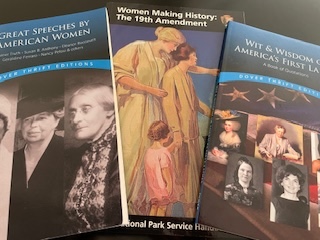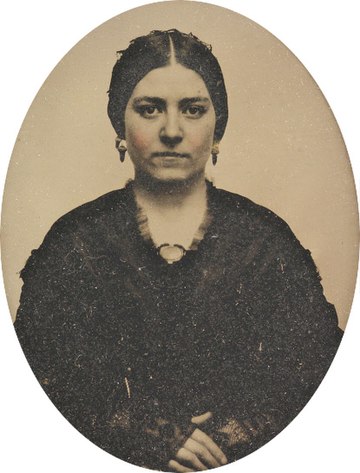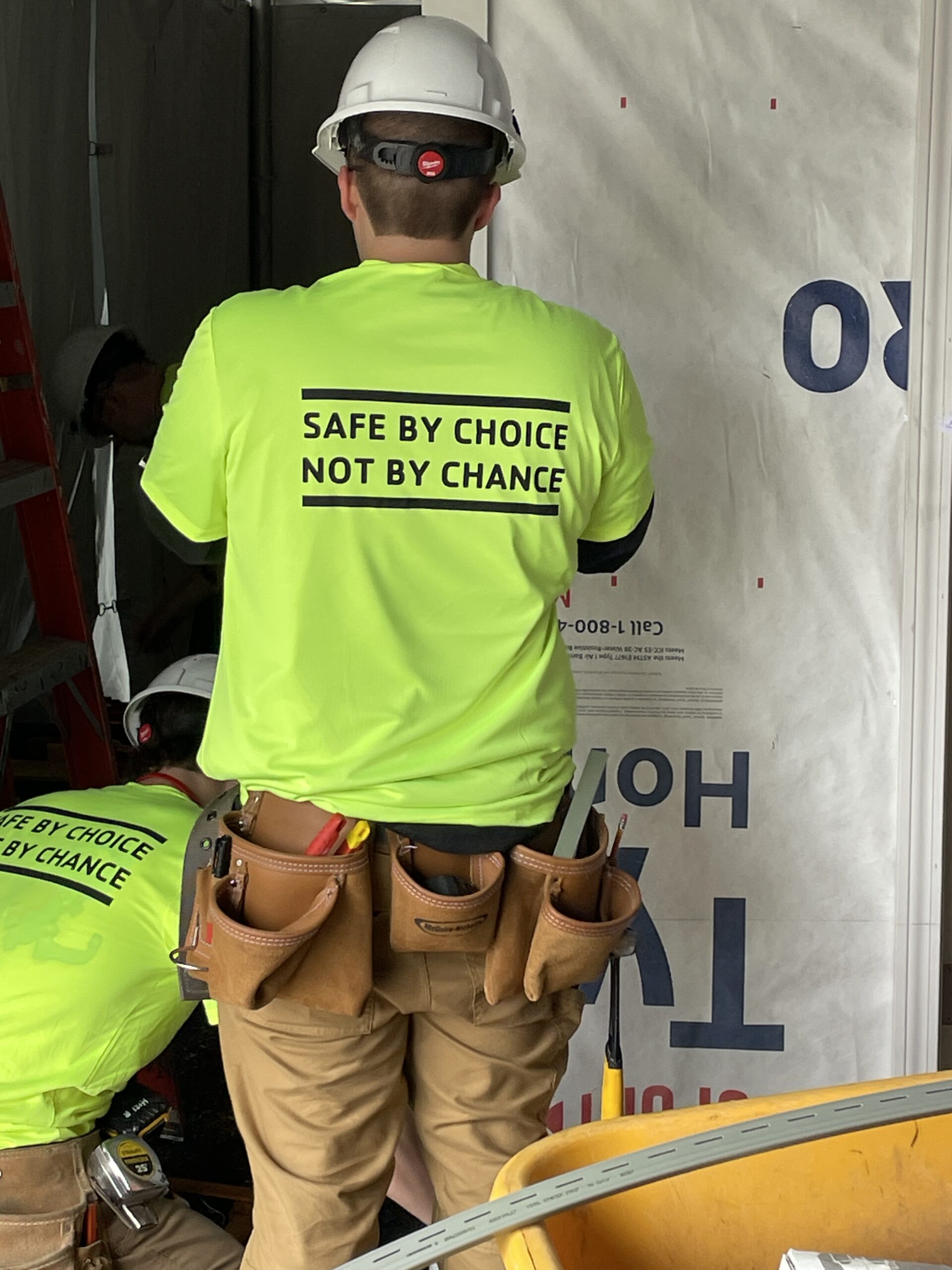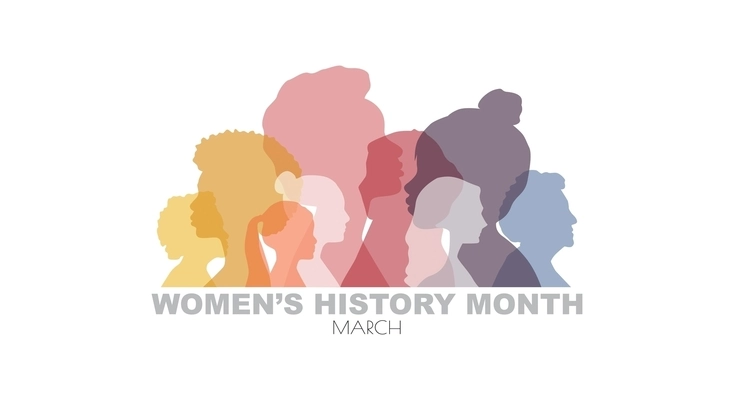March 2024
March is Women’s History Month, and I’ve been wondering what that really means. Here’s what a little research showed me.
Forty years ago, it didn’t exist. In the mid-1970s, feminist scholars started pushing a new idea – to have women studied as part of history – and lobbied for recognition of their cause. Some governors agreed and eventually 14 states designated one week in March as Women’s History Week. Essay contests, discussions and women-centric material made their way into various programs and school curricula. It was a state-by-state approach until 1980 when President Jimmy Carter made Women’s History Week a national event.
Which week? Every year, Congress had to agree on the dates, and that was cumbersome. In 1987, Congress designated the whole of March as Women’s History Month, and President Ronald Reagan signed that into law.
One of the women who helped establish women’s history as a field of study was Gerda Lerner. Born and brought up in Vienna, Austria, she was there for Hitler’s Anschluss during which she, a Jew, engaged in resistance activity and was jailed. In 1939, she emigrated to the United States where she held various jobs, wrote books, co-wrote a musical, co-produced a movie and joined the Communist Party. She earned a PhD in history and wrote several influential books including The Creation of the Patriarchy, The Creation of Feminist Consciousness: From the Middle Ages to 1870, and Black Women in White America: A Documentary History. She was a founding member of the National Organization of Women and, while teaching at Sarah Lawrence College, established the country’s first graduate level program in women’s history.

In an article published in 1975, Lerner discussed some of the complexities in deciding what women’s history is or should be. She wrote extensively and in detail, asserting that learning about a few “notable” women reveals little about how most women lived. When we embrace women who “contributed” to a movement or an era, we accept a male definition of the movement or era, since men wrote the history. She thought male definitions do not fairly reflect women’s experience. When we focus on women’s victimization, or their struggle to achieve women’s rights, we may not get a sense of how women lived day to day.
Lerner applauded the emphasis on women’s actual experience. Letters, diaries, autobiographies and oral histories hold troves of information about how women lived outside the realm of fame. She also encouraged historians to use sex-specific information, such as medical studies, in their work. Furthering the point mentioned above, she suggested new ways to define historical periods. In her view, the military and political events commonly used to mark historical periods do not necessarily correspond to turning points in women’s lives. More significant, she thought, was how childbearing and child rearing were regarded. The view with the greatest consequence was that the bearing and rearing of children are separate activities. I don’t agree that military and political events are not turning points for women as well as for men, but I do take her point that women have a unique relationship to childbearing which has distinguished, elevated and confined them throughout history.
The field of women’s history has evolved in the past 50 years. If Lerner were alive, she might have a different take today, but these were some of her ideas that launched the field.
In my work, I don’t find it necessary to commit to any particular academic approach. I have fun identifying interesting women, learning about their lives and seeing how they fit into the larger picture. And I do agree with several of Lerner’s recommendations. A first-hand account, such as an oral history or an interview, is a good step toward understanding a life; sometimes it is the best available material. Also, questions about child rearing are appropriate to find out how children have affected a woman’s life. (The same could be said for men’s lives.) I agree, too, that learning about “notable” women gets us only so far. To understand history and appreciate where we are today, it is just as important to learn about those who are not famous.
One other thing about Women’s History Month that I know from my own experience is that it is a good time to launch a book about women. My publisher understood that and made sure to give me deadlines for completing my manuscript that lined up with a launch in March, two years ago. A year later, after the initial rush of publicity had died down, I celebrated the book’s anniversary on stage at the Boston Public Library with Tiziana Dearing, host of WBUR’s Radio Boston. Now, two years post-launch, I am looking forward to another special event. Judie Yuill, news anchor for WGBH, has made an audio recording of my book for Library Without Walls, a library for visually impaired readers run by Perkins School for the Blind. On March 19, I will be talking with the library’s patrons, thrilled to know that the women’s stories are continuing to reach new audiences.
Happy Women’s History Month!
P.S. – Lerner’s article appeared in Feminist Studies, Vol. 3, Autumn, 1975, available through JSTOR.

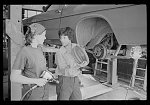

Photos: WACS arriving in Alabama, 1954; Susan Sasser – Wrench Women, Inc. 1977; Nuns Clamming on Long Island, 1957. All photos from the Library of Congress.

